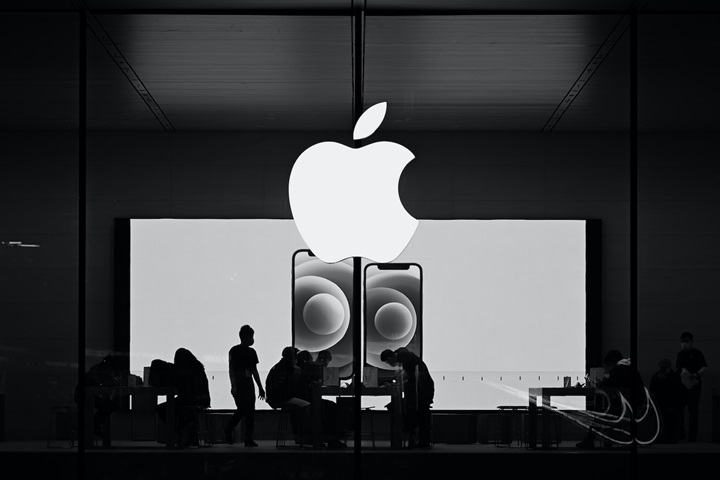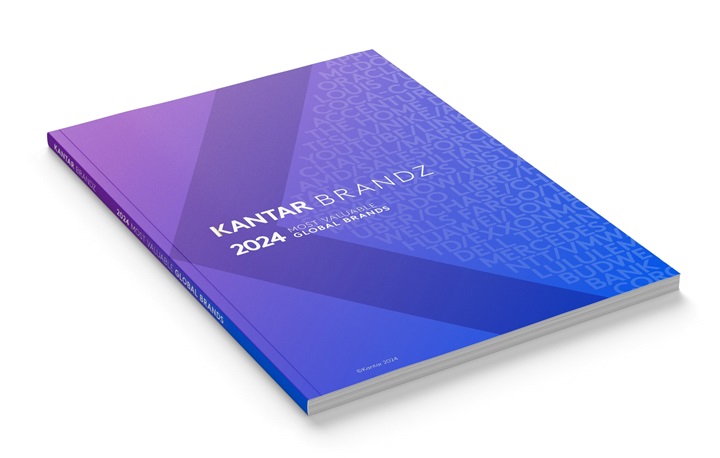Throughout 2022, as Kantar tracked the salient concerns of people in 19 countries around the world, we saw a consistent pattern. War, the economy, and climate and environmental issues were a consistent top three, with inflation and social issues tracking close behind. In September 2022, following an astonishing period of natural disasters across the Northern Hemisphere, concerns around climate and environmental issues leapt by 50%. In the third year of the UN’s urgent ‘Decade of Action’, sustainability is a mass concern.
Foresightful brand owners have done well by identifying the need for sustainable options and have enjoyed the rapid growth that sustainable propositions deliver. Recently, researchers at New York University reported that the six-year CAGR (2015-2021) of sustainably marketed CPG in the US was nearly three times greater than that of conventionally marketed equivalents.
When marketing sustainable options to consumers, brands have typically focused on a segment we call ‘Actives’, who represent around 30% of people in most countries we survey. Actives are strongly motivated to act; feel they can make a difference through their choices and actions; and see living more sustainably as part of their identity. They are also relatively affluent, which is no surprise: our grocery panels show that across five major European countries, the supermarket products most distinctly favoured by sustainably active people retail at almost twice the category average.
What does this economic skew mean for sustainable brands during tougher economic times? People know sustainable options are expensive and make their own decisions – but elevated price positions ‘everyday sustainability’ products as a luxury. And in a downturn, items we view as luxuries are typically more vulnerable to ‘trading down’ and other consumer cutbacks. Sure enough, ‘everyday sustainability’ sales have suffered, as people everywhere tighten their belts.
Even so, 75% of shoppers from all economic backgrounds tell us, ‘I want to buy environmentally sustainable products, but brands will have to make sure I can still afford to do that’. This suggests huge opportunity for brands that are prepared to look beyond niche audiences – for brands, in other words, that are able to price sustainable options more accessibly to reach a wider range of consumers. The fact that not everyone buys sustainable is not for want of concern or appetite. 70% of consumers surveyed by Kantar agree that, ‘Although I can’t afford to buy products that are better for the environment and society, it doesn’t mean that I am less concerned about these issues.’
The need for sustainable action exists at scale but is frustrated; people are left with their increasingly distressing concerns, but limited avenues through which to address them. In response to statistics like those seen above, commentators often talk of consumers’ ‘value-action’ gap. But this framing can be unhelpful because of the way it places responsibility for change squarely on the end user – even though many of those end users do not have genuine access to solutions. People are prepared to play their part, but resent shouldering the blame for a lack of progress on sustainability – especially when they feel that governments and businesses created this mess in the first place.
A different way
It is time to address the value-action gap in business itself – with the goal of finding new ways to make sustainable solutions more widely available. One option is to take a different view of costs. In 2020, for instance, management consultancy Kearney showed that the modest premium driven by more sustainable practices in production was then hugely amplified by mark-ups added to more sustainable goods at every subsequent step of bringing a product to market. These practices resulted in the huge disparities we have just discussed.
In the 2023 Kantar BrandZ global report, Kantar colleagues demonstrate that justifying a premium is one of the superpowers of a strong brand. And it is clear there will always be a market for premium offers in sustainability where the customer sees value. But if ‘justified premium’ is the only pricing model available for sustainable goods, brands will miss out on the mass market opportunity that lies before them. And they will also fail to meet the strongly expressed needs of the many. There are clear risks to brands, both financial and reputational, for overlooking these needs: indeed, there is already evidence of people turning away from brands and categories where there are no affordable sustainable solutions that satisfy them.
Alternative strategies need to be considered for selling sustainability. For starters, portfolio owners have an opportunity to defray costs across a range of price points. Mass market brands could drive revenue through demand power and increase their volume share: cost models demonstrate that as volume increases, costs fall dramatically and predictably.
Ultimately, wider audiences need to be addressed with more relevant propositions. Beyond the Actives lies a vast middle ground, the 59% comprised in our segmentation of ‘Considerers’ and ‘Believers’. These groups are ripe for conversion if we can address the frictions they encounter – and if we can innovate products, services, and business models that fuel adoption of sustainability as part of the entire proposition.
The truth is that very few people, Actives included, are driven primarily by sustainability. But very many are at least partly driven by it – and sustainability becomes very powerful when aligned with category drivers such as performance, quality, efficacy, safety, health, and design excellence. In the long run, moving fast to democratise sustainability is less costly than moving slowly. This is about a mindset change, about how we perceive the world we now live in. When the digital transformation came, how many still-successful businesses decided they need not engage with it?
Sustainability is not a niche or a fad, and ultimately, it is not negotiable. This future is already here; brands that grasp the disruptive change this implies, and work with it, can win in the marketplace.
The Kantar BrandZ Most Valuable Global Brands 2023 report, including analysis on the world’s most valuable tech brands, is available now at Kantar BrandZ Most Valuable Global Brands 2023 report.
For an overarching view of a brand’s performance, Kantar has launched a new, free interactive tool using BrandZ’s wealth of data. BrandSnapshot powered by BrandZ delivers intelligence on 10,000 brands in more than 40 markets, offering a quick read on a brand’s performance in a category.







